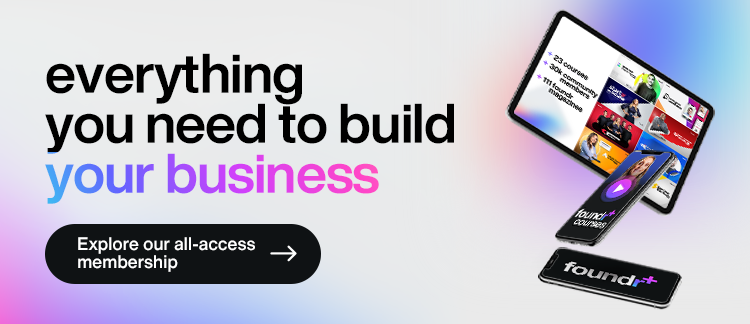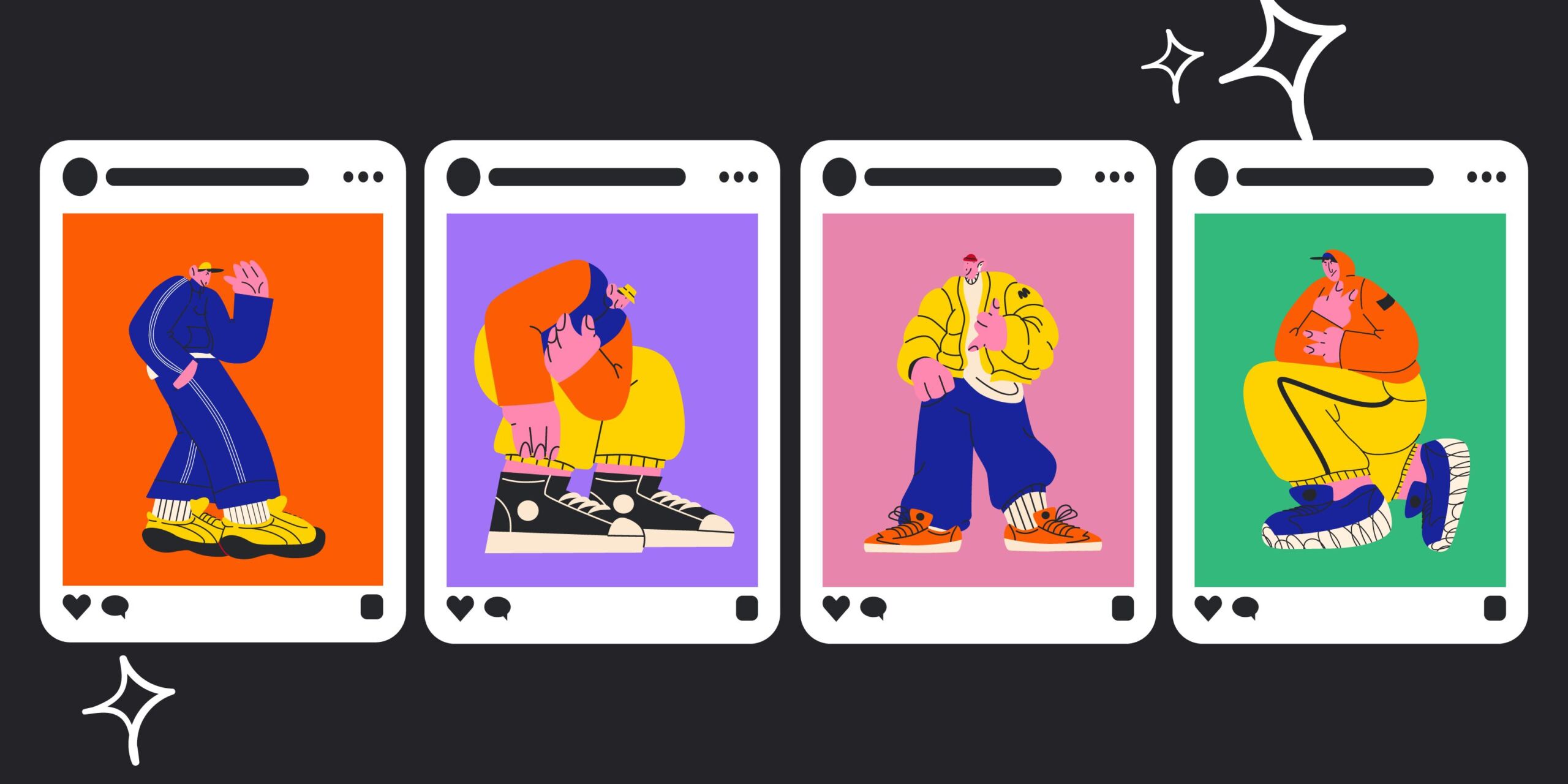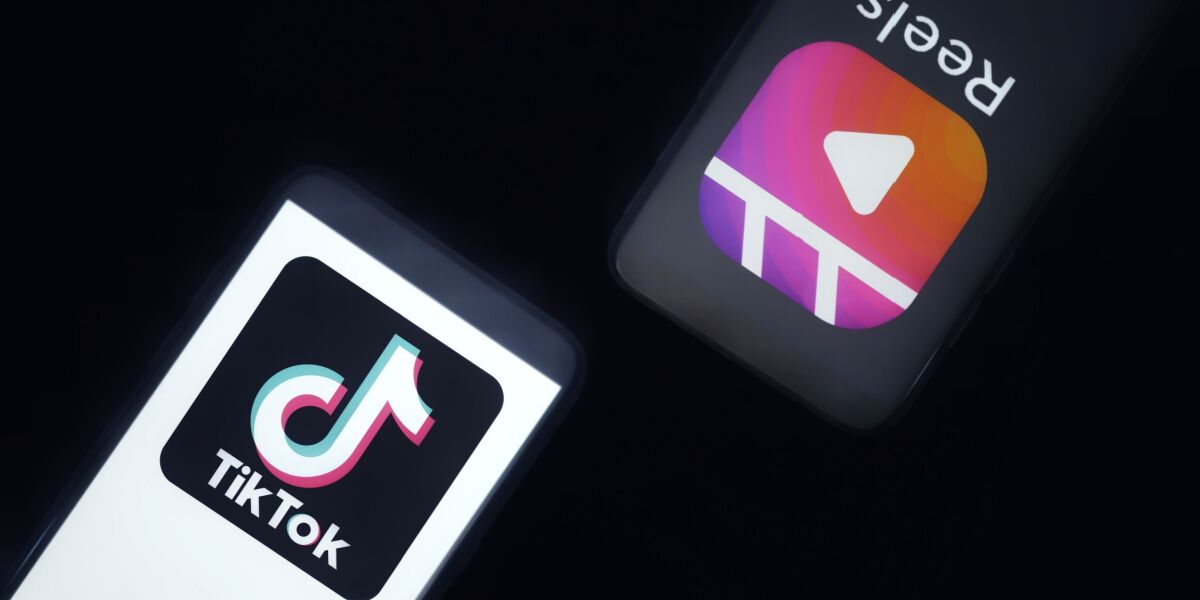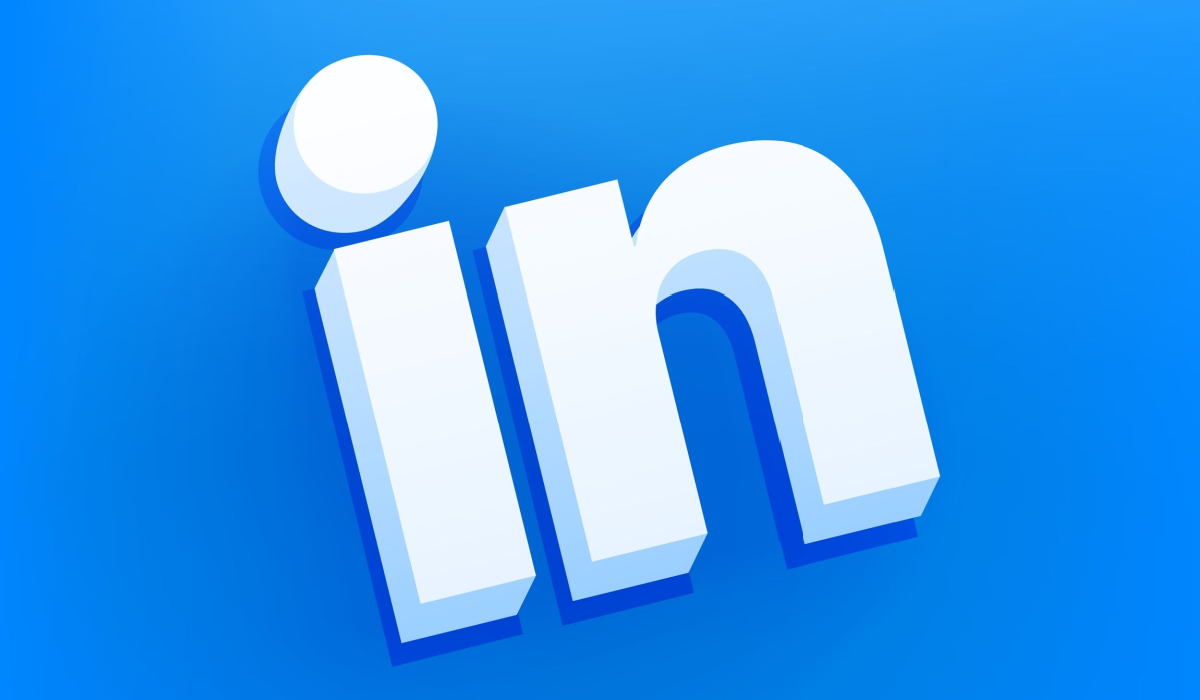When IOS 14 came out in December of 2021, it felt like the beginning of the end of Facebook ads. But instead, the updates ushered in a new frontier to reach your ideal customers.
Facebook ads aren’t dead. They just take a different approach.
In a recent foundr+ live event, we invited Nick Shackelford, the co-founder and CRO of Structured, to answer your questions about how to run Facebook ads in 2023.
Q&A: How to Run Facebook Ads in Post-IOS 14.5 World
Editor’s Note: This live event was edited for brevity and clarity.
Is it better to create only one broad campaign and leave it to the algorithm?
From Giuseppe
Nick Shackelford: I sit in the middle of this. The core reason we go top of funnel, middle of funnel, and bottom funnel is to segment out the type of content we’re trying to run or be clear on the type of tests we have.
You’re not going to use terminology for someone who has already seen you multiple times and provide them a discount code. So the reason for structuring the multiple touch points is to give some sort of segmentation and customer journey on the content they’re going to experience.
I still want my top-of-funnel combos, but I want to make sure that the middle, the re-engagement, or the middle MOFU and BOFU remarketing are starting to be grouped together. And it’s, it’s also a simplicity thing. Like, if I don’t have a ton of new creative or a ton of new assets, but I do have some variety or some variation, it will give me a little bit less segmentation in the ad account just to navigate smoother.
Don’t Skip: How to Advertise on Facebook for Social Media Beginners
Do you recommend video or picture ads?
From Sean
NS: The short answer–both.
Our team was pulling stats across our campaigns, and they were saying that image ads were performing better than video ads. Now it’s very broad strokes, and that’s really difficult to apply to what you should do or how you should do it.
I know image ads are easier to create, and you have the ability to get that live quicker, and I always opt for getting things live faster and quicker to get the test going. So, generally speaking,
I would like to go to a picture ad because it’s just easier at times to get it done, especially with all the freaking AI tools coming out here.
If my target market is a specific health professional, do I still start with a broad audience?
From Lee
NS: This is my recommendation on it. You’re going to go broad, and you’re going to go as targeted as you possibly can. And why I’m saying this for two reasons.
If you look at Facebook like a giant track and you, the advertiser, the brand, you’re the runner on it. It’s easier for me to run this track if there are no hurdles, which means it takes the least amount of effort to find the potential goal—getting around this track.
Suppose I put a hurdle in it, often known as a cost, cost control, cost cap, or bid cap. Maybe it is an audience that I need to find on Facebook because that audience isn’t easily accessible, so frequently, Facebook is going charge me a little more.
The CPM (cost per mile) might be a little bit higher. That’s okay, especially if that return and the conversion rate are higher. So going broad will tell Facebook to find me the best customer. I trust you.
But if I know this creative will have an audience responding well, I would choose those overall health professionals.
So my recommendation is if I have a product or brand-specific to an audience, cool. I would still target them, but I would allocate that same exact audience, leave it broad, and see what Facebook can find.

What do you recommend about running ads yourself versus hiring an agency? When is it the right time to hire?
From Ellie
NS: Super great question. I feel this in my bones.
In the beginning, you have to run it yourself; there’s a very simple reason for this. So you don’t get screwed over.
So that you can go into a conversation with someone that might potentially help you or a new hire that’s coming in, and you have an idea of how to navigate, how to gut check, and how to feel comfortable in navigating this platform so you don’t get f***ed.
Plus, you’re probably closest to the product. So I really recommend you run that stuff yourself until you get to the point of two things. I have to focus on product development, or I have to focus on something within the culture. Or it’s something that takes up the majority of your time that could be a big needle mover for you and your business.
At that point, it makes sense to find a freelancer.
I would go with a freelancer because you’re still not in this place of spending hundreds of thousands a month, which means you don’t need a large team to support this just yet.
You need one really cool, understandable, competent, and clear communicating individual that could be with you and help collaborate, make decisions, and for you to feel confident that there’s a decision being made.
What’s a good average ROAS I should shoot for?
From Natalie
NS:
I hate this question. I hate this question with my entire existence.
The ideal ROAS that you should be aiming for is the one that you can continue to put that money back into Facebook and spend.
And that’s a terrible answer, but it’s the answer I want to focus on. On average, you’re going to be allocating 30% of revenue at a minimum on the allocation of spend towards advertising.
That’s what we use. I would recommend to you, as a founder, I’d recommend to my own team on spending because that growth is sustainable. That growth gives me the ability to repurchase at the correct time. That growth is not too aggressive to where I might have to turn things off, and then I’m losing all revenue.
You have to feel comfortable allocating how much that gives you to continue to spend without putting yourself in a tight situation.
How do I track ROAS, and how do I know when to kill an ad?
From Anna Lee
NS: We have a thought process around this. It isn’t perfect. Knowing when to kill an ad is more of an art than science. If you’re launching your ads earlier on, it’s simple. It’s easier to manage because you don’t have so many tests, data, or seasons running through it.
On day one of launching the ad, we’re not touching anything. I don’t touch an ad or look at anything until three days.
You check it on a three-day window or seven-day window. And if you look at the overall spent, any of the down funnel metrics—the clicks, the add to carts—and it doesn’t make sense, then you can decide that you can’t let the ad run.
My gross profit margin is 85%. Is that too high? Should I drop my price?
From Natalie
NS: No. Are you driving revenue? Are you able to get conversions from this? Do not drop this. You allow yourself to run promotions and show a significant incentive to buy.
The higher your profit margin, the more flexible you have in the variation of offers, discounts, or collaborations you can share. It’s a very delicate thing because when you start selling, you’re like, “Maybe it’s too expensive, I need to drop this price,” because you want revenue to come in.
It’s a feeling that we all get, but at the end of the day, you have to sell the product at a price that has enough flexibility and margin to advertise it. Some of us have margins of less than 15%. It’s hard to spend money on that. It’s really difficult to make sure that works. So I would definitely keep it as high as possible.
Just like launching that new creative, just like adding that new app, just like changing a headline, the banner, there are some issues around this, right? It’s scary. We have to raise the price. And that’s something you learn over time, but starting at the higher point is easier to walk that down, especially with promotions.
When CPL (costs per lead) has remained steady but sales drop, what does this indicate most often? Is it audience fatigue?
From Jacob
NS: So, I wouldn’t say it’s not going to be audience fatigue because you can check that by how many impressions you have versus how many people have actually clicked on it. So the saturation of impressions to clicks, I don’t believe, is an audience fatigue thing.
What I would say is it’s probably a creative issue, even though the cost per lead has stayed the same. So I’ll look at impression ratio, first impression, or new impression ratio. If the new impression ratio has steadily dropped over a couple of weeks, then the audience is an issue.
What if AOVs are higher than 500? Would I still allow ads?
From Emma
NS: Oh my gosh, thank you for finally asking. You have an AOV (average order value) of $500 plus. So I would still group 275 into the 500 range.
Fortunately and unfortunately for you, at a $500 AOV, you can’t afford to spend one extra 2x AOV because it’s a lot of money to test. So you have to work on earlier indicators.
Instead of multiplying 2x, 3x of your AOV, you will have to go with the smaller data sets. You’re going to have to make decisions on less information. At $500, it’s too much money for you to run multiple tests. You’re probably going to have to move slower in my suggestion and not test as many pieces of creative unless you’re going to lower the amount of allocated spend per campaign.
In your case, I would recommend running cost-cap campaigns to limit overspending. Start with the higher budget. If you’re selling a $500 product, you can feel comfortable putting the campaign at $1,000, putting the campaign at $2,000, and putting the cost cap at $200-150.
That cost cap’s going to prevent overspend. Be careful of the overall, you don’t want to spend $1,000, obviously, but at that higher AOV, you will have to spend close to it or up towards it before that conversion happens. It’s just the name of the game.
Keep Learning: Facebook Ad Targeting – Find Customers Like a Marketing Eagle Eye
Get Access to Live Events with Founder Experts
Hear more from Nick with our new course, How to Run Facebook Ads 2.0. Nick Shackelford has brought in experts Phoenix Ha and Jordan Menard to give you frameworks that LAST in a post-IOS 14.5 world.
If you want to ask questions live to expert founders like Nick Shackelford, sign up for foundr+ where you’ll get an all-access pass to courses, community, coaching, and events.


















